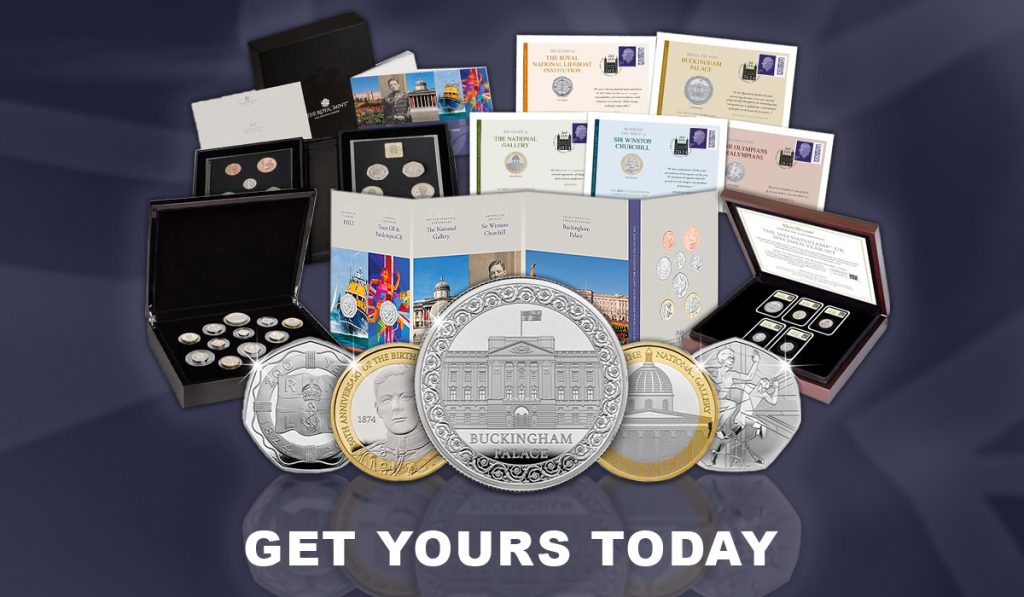Shop
By Royal Decree: FIRST EVER Royalty Ten Pence Coin Series Officially Approved
The FIRST-OF-ITS-KIND Ten Pence Coin Series has been OFFICIALLY APPROVED by His Majesty the King and Buckingham Palace.
Released by Jersey, the BRAND NEW Kings and Queens Ten Pence Coin Collection will follow the journey of the crown in Great Britain, recounting the reign of each monarch along the way.
The FIRST EVER Royalty 10p Series
From William the Conqueror to King Charles III, each limited edition coin in this impressive series will feature a full colour, original portrait of one of Great Britain’s monarchs by illustrator Rudolf Farkas.
Watch below to find out more about this exciting numismatic first…
BUY ONE GET ONE FREE: The Henry VIII and Elizabeth I 10p Pair!
You can secure the first coins to be released – The King Henry VIII and Queen Elizabeth I BU 10p Pair for JUST £10 (+p&p) – SAVING 50% when you trial The Kings and Queens Ten Pence Coin Collection.
The Royal Mint’s A-Z 10p series created WORLDWIDE DEMAND for 10p coins and I’m expecting the FIRST EVER Royalty 10p Series to reach similar heights. So be sure to act today to secure the inaugural release.

And collecting 10p coins has never been easier! Every four weeks, you’ll receive two BRAND NEW Brilliant Uncirculated Colour Ten Pence Coins for £20 (+p&p) with a full, 30 Day Money Back Guarantee and no obligation to continue collecting. You can cancel your subscription at any time.
BREAKING NEWS: The FIRST EVER Royalty 10p Coin Series Announced
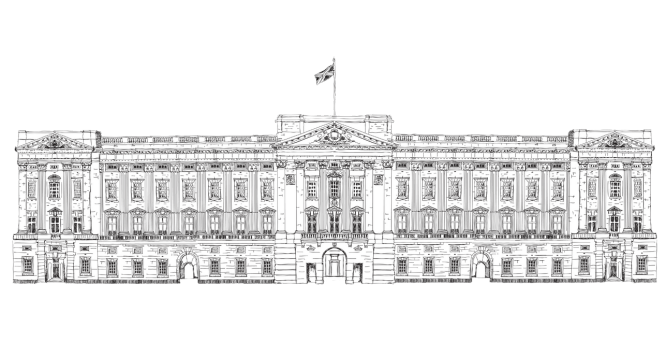
A FIRST-OF-ITS-KIND British Isles Ten Pence Coin Series has been officially approved by His Majesty the King and Buckingham Palace.
And this new series will be the most comprehensive record of our nation’s royal history ever issued.
Sorry this sign up is now closed.
UK’s 2024 Annual Coins Revealed
The new year means one thing in the collecting world, new coins!
Each year, collectors eagerly anticipate the arrival of The Royal Mint’s Annual Set.
Featuring five brand-new commemorative designs, the coins celebrate some of the biggest anniversaries and events of the year.
Last year, the coins were issued for the first-time featuring King Charles III and as expected, all premium specifications sold out in a matter of hours.
Then, a little later in the year, the UK’s new circulating coin designs were revealed – again selling out and instigating a whole new wave of collectors.
2023 truly was a monumental year for coinage, and 2024 is likely to follow suit. So, let’s take a look at the 2024 coin designs…
RNLI 50p
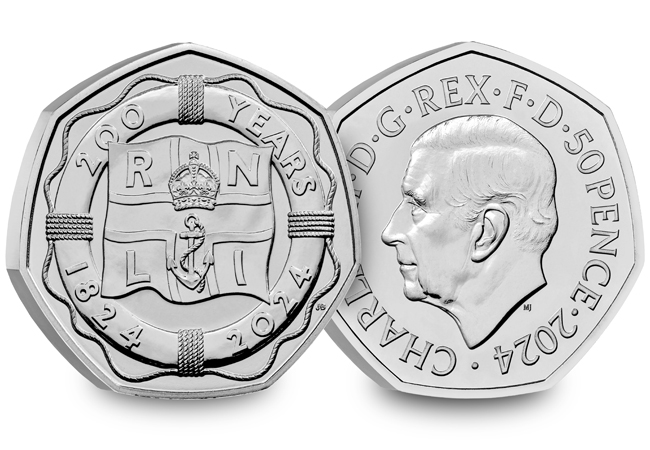
The Royal National Lifeboat Institution, otherwise known as the RNLI, was founded over 200 years ago by Sir William Hillary. Ever since, crews and lifeguards have been working hard to save lives 24 hours a day, 7 days a week.
The coin’s reverse design features some of the most recognisable RNLI symbols, with the flag in the centre surrounded by a life ring and rope.
British Olympians and Paralympians 50p
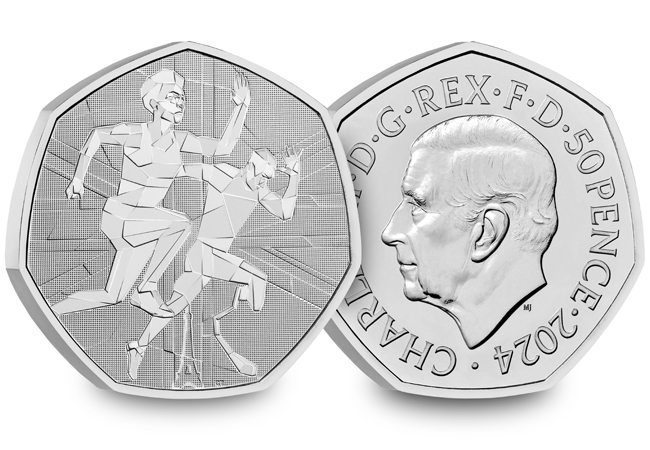
This year, the 2024 Olympics will take place in Paris, France – exactly 100 years since the city last hosted the games. The Paralympics will also be held in France for the first time, making the games the biggest event ever held in France. 202 competitors from Great Britain will participate in 17 sports, in the hopes of clinching Gold.
The coin itself features a geometric design of an Olympian and Paralympian set against the Union Jack, with a small Eiffel Tower at the bottom.
Winston Churchill £2
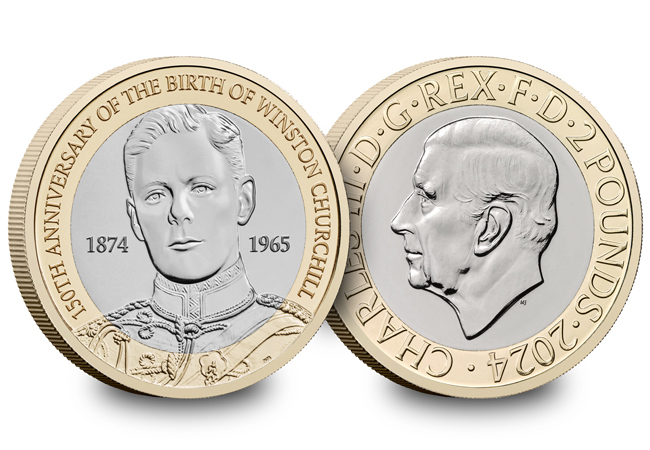
The first £2 coin in this year’s set, honours 150 years since the birth of famous politician, Winston Churchill.
Having led Britain to victory during the Second World War, Churchill served as Prime Minster twice. However, the design of this £2 coin takes us back to a younger Churchill, depicting him as a young man during his time in the Cavalry arm.
National Gallery £2
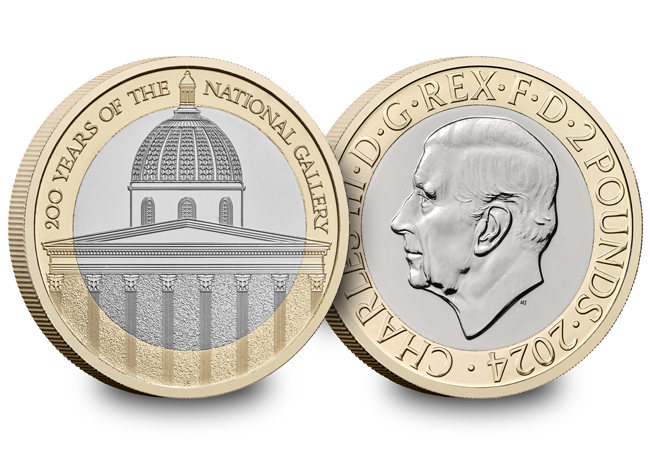
The National Gallery also celebrates its 200th anniversary on a UK £2 coin. Founded in 1824, the gallery was initially opened with the ambition of making art accessible for everyone.
Soon after, a dedicated building was commissioned and built in Trafalgar Square in 1838 – the very building that now features on the new £2 coin.
Today, the gallery holds over 2,300 paintings from renowned artists like Monet, da Vinci and Michelangelo.
Buckingham Palace £5
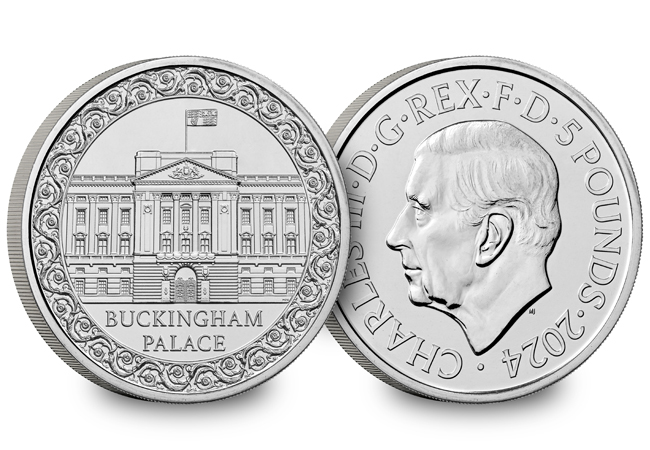
The final commemorative coin in the set features one of the most recognisable buildings in the world – Buckingham Palace. The official residence of all British monarchs since Queen Victoria, the palace is now the headquarters of King Charles III.
The Definitives
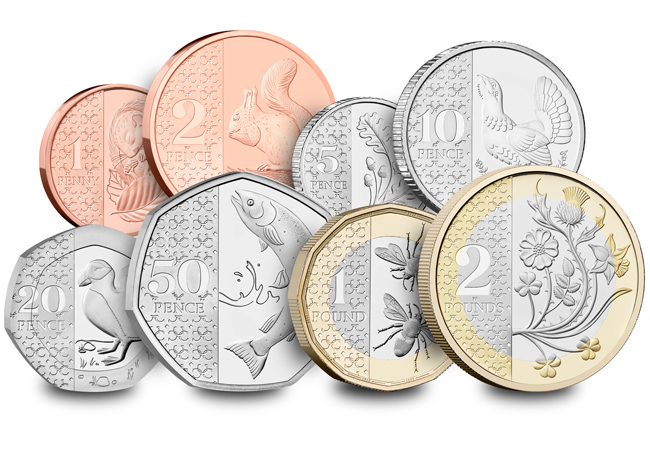
Each Brilliant Uncirculated and Silver Set will also come specially paired with the 2024 Definitive Coins. From the 1p to the £2, these coins saw a complete re-design in 2023 and are now available in the Annual Coin Sets for the first time since 2022.
How to secure yours
The 2024 Annual Coins are available in a variety of different specifications. From the official Royal Mint Brilliant Uncirculated Pack to the Base Proof edition with exclusive Royal Mint medal, to the strictly limited Silver Proof and Piedfort Editions.
There really is something for everyone, so click here to view the range and secure yours >>

